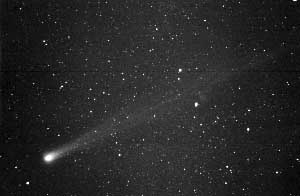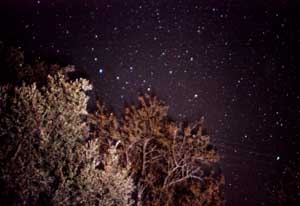To overcome this you have three alternatives. (1) spend £100's to buy a rotating camera mount,
(2) build your own with wood, hinges and screws (known as a 'Scotch mount'),
or (3) use what many people already own: the versatile 'Black and Decker Workmate' which is used for numerous DIY jobs.
The only modification is to remove one bolt so that the moving board pivots around a single bolt as one of the handles is turned. The table should be used in the lower position so that it does not overbalance when it is tilted to point the pivot bolt towards the north star. Alignment of the bolt with the north star can be carried out using a magnetic compass and spirit level. My particular model of Workmate requires the handle to be rotated at 160° per minute such that the board rotates clockwise viewed from the north star. The system can be checked, in daylight, by ensuring that a pinhole image of the sun mounted on the moving board remains stationary as the handle is turned at the correct speed. The Workmate provides a stable platform for photography but be aware that being made of steel it will affect the magnetic compass and that the table moves two thread pitches per handle rotation! (my letter published in Astronomy Now magazine Vol 11 no7 p10 ISSN 0951-9726 Jul 1997)

Imagine standing at the north pole at night and imagine that the earth is spinning fast like in the picture.
Look directly up, now all the stars are rotating in the opposite direction about the north star (Polaris). This is how a camera with long exposure sees it, making each star appear as a short line on a photograph, and faint stars are not visible at all.
To make the stars appear stationary, the camera must be on a platform rotating in the opposite direction. The platform can be anywhere on earth but must always rotate about a line pointing at the north (or south) star.


